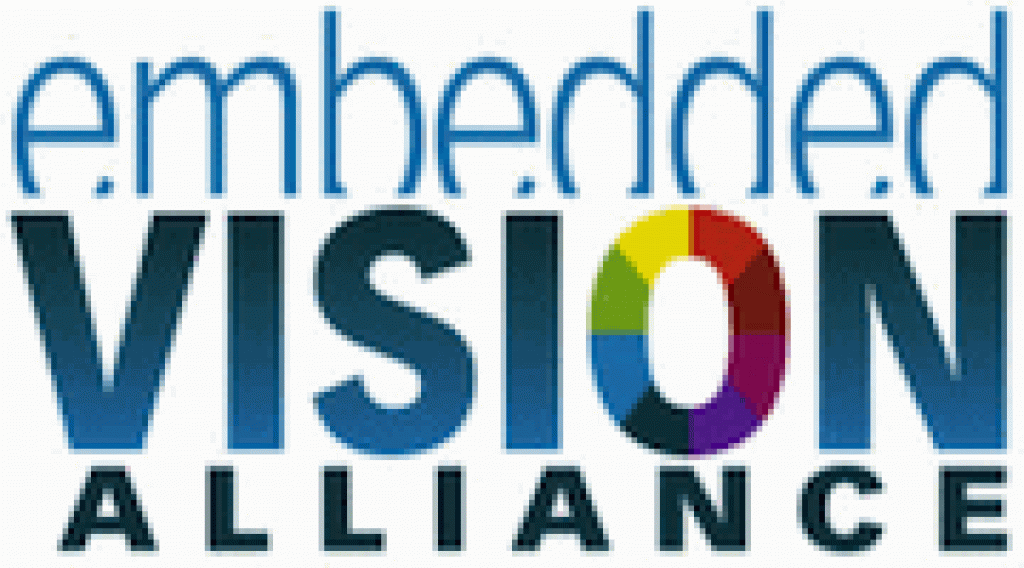In this edition of Embedded Vision Insights:
- Embedded Vision Summit Program Updates
- A Self-Driving Car Keynote from Google
- Image Recognition Via Convolutional Neural Networks
- Embedded Vision in the News
| LETTER FROM THE EDITOR |
|
With only three months to go until the Embedded Vision Summit, May 2-4 in Santa Clara, California, the conference organizers are making great progress on the presentation program. A number of titles, abstracts and speaker biographies are already published, and more session information is coming soon. Check out this year's greatly expanded Business Insights track, along with the Technical Insights and Enabling Technologies tracks. And don't forget about the Vision Tank, a deep learning- and vision-based product competition whose finalists will present at the Summit; the deadline for entries is March 1. Register today for the Embedded Vision Summit, an educational forum for product creators interested in incorporating visual intelligence into electronic systems and software, and receive a 15% Early Bird discount by using promotional code 05EVI. I'd also like to remind you of several other upcoming industry events. On February 22 from 9 AM to 5:30 PM in Santa Clara, California, the primary developers of the popular open-source Caffe convolutional neural network framework will present a one-day in-depth technical tutorial on deep learning for vision. See a recently published interview with these same developers for more information on Caffe, and register for the tutorial online while spots are still available. Nearer term, on February 9, Alliance member company Cadence is hosting an introductory series of deep learning presentations at the company's San Jose, California campus. And of course, while you're on the Alliance website, make sure to also check out the other great recently published content there. Thanks as always for your support of the Embedded Vision Alliance, and for your interest in and contributions to embedded vision technologies, products and applications. Please don't hesitate to let me know how the Alliance can better serve your needs. Brian Dipert |
| FEATURED VIDEOS |
|
"Self-Driving Cars," a Presentation from Google
"Computer Vision and Artificial Intelligence: Market Trends and Implications," a Presentation from Tractica
|
| FEATURED ARTICLES |
|
Using Convolutional Neural Networks for Image Recognition
Deep Learning at the Boston Image Processing Computer Vision Group
|
| FEATURED NEWS |
|
Google and Movidius Work Together to Enhance Deep Learning Capabilities in Next-Generation Devices Xilinx Ships 16nm Virtex UltraScale+ Devices; Industry’s First High-End FinFET FPGAs Videantis Partners with Almalence For Higher Quality Imaging VeriSilicon Completes Acquisition of Vivante The IEEE ICIP's Visual Innovation Award: Get Your Nomination Candidate On Board
|







